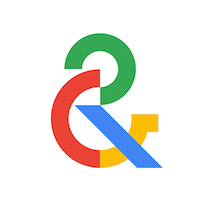What is Dance?
Dance is an art form that involves moving the body, often rhythmically, to music. It’s a universal language, transcending cultural and linguistic barriers, used for expression, ritual, and entertainment. From ancient ceremonies to modern performances, dance has always been a vital part of human culture.
Key Concepts in Dance
Understanding dance involves recognizing its core elements:
- Body: The instrument of dance, including its shape, posture, and use of space.
- Action: The movements performed, such as jumps, turns, steps, and gestures.
- Space: The area in which the dance takes place, including direction, level, and pathways.
- Time: The rhythm, tempo, and duration of the movements.
- Energy: The quality of movement, whether sharp, smooth, strong, or light.
A Deep Dive into Dance History and Styles
Dance history is vast, with diverse styles emerging across the globe. Ancient forms often served religious or social purposes. The Renaissance brought court dances, while the 20th century saw the rise of ballet, modern dance, jazz, and contemporary styles. Each style has its unique vocabulary and aesthetic.
Applications of Dance
Dance is more than just performance. It’s used in:
- Therapy (dance/movement therapy)
- Fitness and exercise
- Social gatherings and celebrations
- Storytelling and cultural preservation
- Competitive sports
Challenges and Misconceptions
A common misconception is that dance requires innate talent. However, dedication and practice are key. Another challenge is the physical demand, requiring discipline and conditioning. Dance also faces challenges in funding and recognition as a serious art form.
Frequently Asked Questions about Dance
What is the oldest form of dance? While difficult to pinpoint, evidence suggests early ritualistic and celebratory dances date back to prehistoric times.
Can anyone learn to dance? Absolutely! With patience and instruction, anyone can learn and enjoy dancing.





